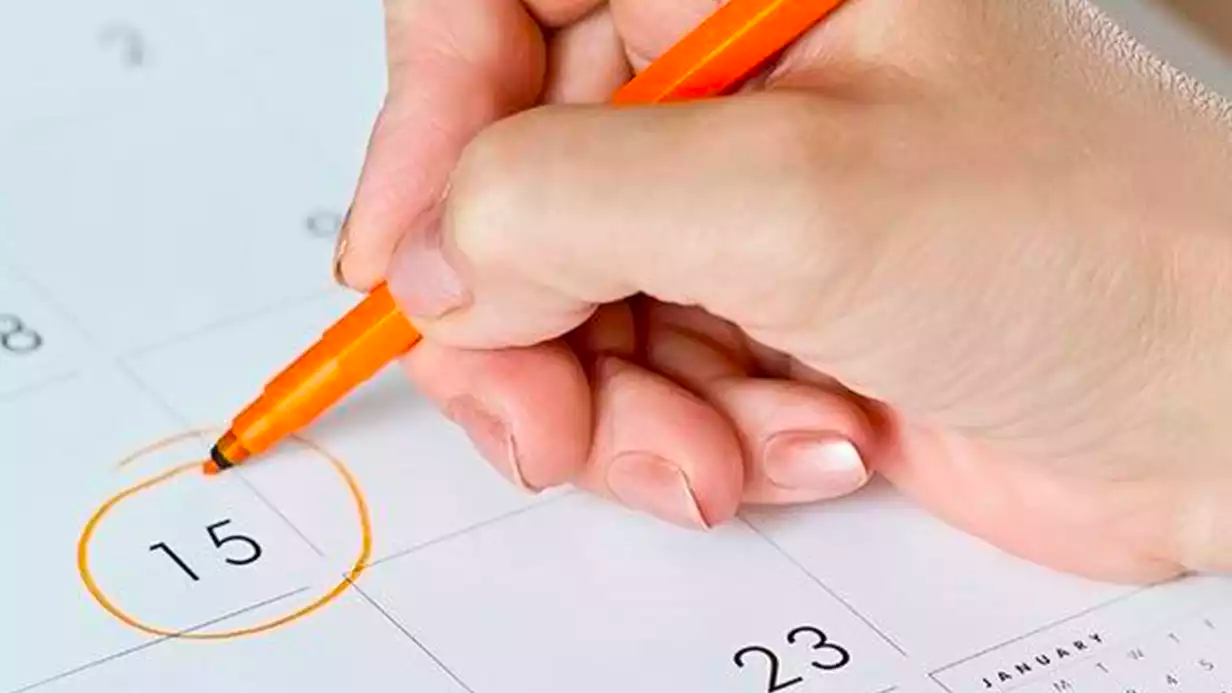7 Special Signs That You Are On Ovulation!
The correct calculation of the ovulation period is one of the most important factors that increase the chances of getting pregnant. So, what kind of changes occur in the body during this special period?
Ovulation period symptoms are of particular importance for every woman who is planning a pregnancy. Because the chance of getting pregnant during the ovulation period is quite high if there is no health problem that will prevent pregnancy. For this reason, following the signals of the body during the ovulation period is an important factor that increases the chance of conception. So, what are the symptoms of ovulation period? In this article we have prepared for you, we have compiled all the details about the symptoms of the ovulation period, if you are ready, let's get started.
What is the Ovulation Period?
Before moving on to the part about the symptoms of the ovulation period, it will be useful to talk about what the ovulation period is. The ovulation period, which comes in the middle of the menstrual cycle, which takes place every 28 days on average, is the time period in which the egg, which is in the ovarian reserve and matures under the influence of hormones, is released into the fallopian tubes. If the egg, which can survive for about 24 hours, is fertilized by the sperm cell, pregnancy occurs. Since sperm can live in the female genital organ for a maximum of 5 days, the chance of pregnancy increases considerably for couples who increase the frequency of sexual intercourse before, during and immediately after ovulation.
Since each woman's menstrual cycle is different, ovulation times also differ. As the ovulation period can be calculated with automatic calculation tools, this process can also be caught by following the signs of the ovulation period.
What are the Ovulation Period Symptoms?
Although ovulation symptoms can be seen in many women, they may not all be experienced at the same time. Or the symptoms may be so mild that they go unnoticed. For this reason, not only ovulation symptoms should be taken into account, but also the ovulation date should be calculated along with the symptoms.
The symptoms of the ovulation period can be listed as follows:
1. Basal Body Temperature Increases During Ovulation
Body temperature increases by 0.5 - 1 degree after ovulation. In other words, it is the time period when fertility is highest one or two days before the day when body temperature rises. Thus, it is easier to calculate when ovulation will occur in the following months, if not in that month, and when the frequency of sexual intercourse should be increased.
Many women can calculate their ovulation period by checking their body temperature. However, in order to get more accurate results, the thing to be considered here is to measure as soon as you get up in the morning.
2. Vaginal Discharge Changes
Another change, which is among the symptoms of ovulation , is the amount and form of vaginal discharge. During the menstrual period, changes are observed in the cervical mucus from time to time under the influence of hormones. For example, vaginal discharge is expected to decrease immediately after menstruation ends. Then it starts to increase again and has a not so clear color. In the following days, the amount of current increases even more. Clear, slippery, and prolonged vaginal discharge usually occurs during ovulation. This discharge, which has the consistency of egg white, begins to be secreted a few days before ovulation, actually helping the sperm to stay alive for a longer time.
3. Breast Sensitivity Increases
Progesterone, which increases to prepare the uterus for pregnancy right after ovulation, can cause breast tenderness. Therefore, tenderness in the breasts can also be considered as a sign of ovulation, just like an early sign of pregnancy. However, it should be noted that this symptom may not occur in every woman.
4. Lower Abdominal Pain
Lower abdominal pain, which is among the symptoms of ovulation , is seen in only 20% of women. The pain can be in the right or left groin, or it can be felt on both sides. However, the pain should not be very intense and should not last long. If the pain is very severe and lasts for a long time, an obstetrician should be examined as soon as possible.
5. Cervical Changes
Another change, which is among the symptoms of the ovulation period but cannot be easily tested by the person, is experienced in the cervix, that is, in the cervix. The cervix is hard and dry before ovulation. Also, its location is below. However, close to ovulation, the cervix begins to soften and become slippery. Moreover, it rises higher in location. When the spawning period ends, it starts to descend again and regains its hard and dry structure.
6. Increased Sexual Desire
Increased hormones and LH levels during the ovulation period can cause an increase in sexual desire in women. Therefore, increased libido is also considered among the symptoms of ovulation.
7. Other Ovulation Period Symptoms
Although not in every woman, odor sensitivity, spotting and abdominal bloating are other changes that can be noticed during the ovulation period.
How is the ovulation period calculated?
In order to calculate the ovulation period, the time between two periods must be known. Although every woman's cycle is different, it is considered normal to have a period every 21–35 days on average.
Ovulation occurs 14 days before the next menstruation. For example, the ovulation period of women who menstruate every 28 days is 14 days. It is the 11th day for women who menstruate once in 25 days. In other words, in order to calculate the ovulation period correctly, the number of days between two periods should be known and the calculation should be made by subtracting 14 from this number.

